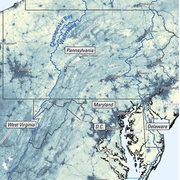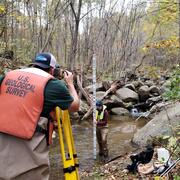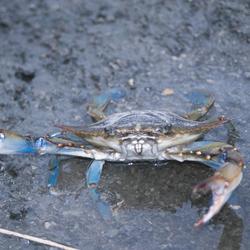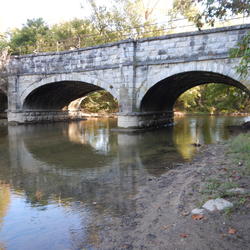Factors Affecting Water Quality
As the States implement practices to reduce nutrient and sediment to improve water quality, they want to understand the success of their efforts. The USGS conducts studies on the relation among land change, management practices, and changes in nutrients and sediment. The findings are used to help assess progress toward the Chesapeake Bay Program (CBP) water-quality goal and make needed adjustments













